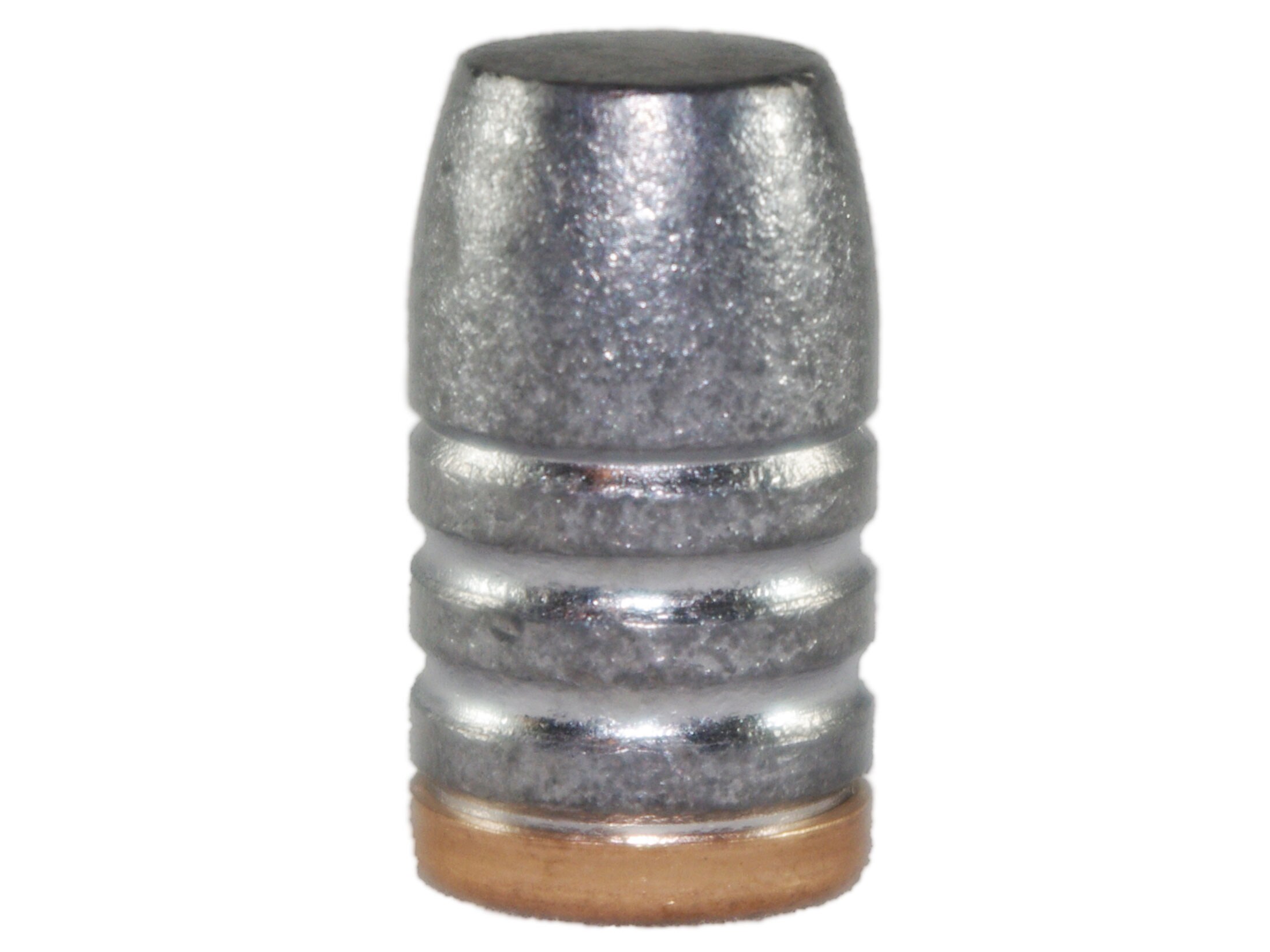
Elongated rifle bullets were designed to be cast with grooves encircling the bullet to provide a reservoir for lubricant. Tallow or lard was used as a lubricant to ease the insertion of muzzle loaded bullets. Some gas checks are designed to crimp onto the base of the bullet, while others have a looser fit. Cast bullets require a smaller diameter at the base to accept the gas check. This cup resembles a very short jacket and is called a gas check. One of the earlier efforts to obtain better high-velocity performance involves placing a very shallow cup of copper alloy over the base of the bullet.
Castmaster bullets full#
Forward bearing surfaces of full groove diameter provide more effective alignment in barrels with wide grooves and narrow lands, provided the chamber throat is long enough to accept such bullets. Bullet designs with a forward diameter designed to be supported on the rifling lands work best in barrels rifled with wide lands and narrow grooves like the 2-groove M1903-A3 rifles. The most successful cast bullet designs have a round or flattened nose rather than a long, unsupported ogive. Bullet shapes Ĭast bullets require a longer bearing surface than jacketed bullets to maintain an equivalent alignment with the bore of the firearm because the softer cast bullet can be more readily deformed. This means that the dross that is skimmed from the lead pot may pose a larger hazard than the metallic alloys. Particular risk comes from the oxides of lead and other metals present in lead alloys, as oxides are often more easily absorbed than the metallic forms. Bullet casting must be limited to times and locations when children are absent. Young children are especially vulnerable to lead poisoning and are unlikely to appreciate the danger of shiny molten metal and newly cast bullets. Bullet casters should wear protective clothing including eye protection, and should carefully wash hands prior to eating, drinking, or smoking. Molten metal can cause serious burns and molten metal can be sprayed around the working area by violently expanding steam if it comes in contact with water from spilled drinks or other sources.
Castmaster bullets portable#
Most bullet casters prefer to use portable electric melting pots in areas with good ventilation. Safety Īlthough some bullet casting procedures can be accomplished with heating elements used for cooking care must be taken to avoid contaminating food preparation areas and/or utensils with lead alloys.

Recent advances in Cast Bullet Lubes have enabled shooters to be able to push cast bullets past 2,800 feet per second (850 m/s) in slow twist 30 cal rifles. Bullets cast over a fireplace or stove from readily obtainable scrap materials still offer excellent performance in subsonic revolver cartridges, and more sophisticated casting techniques can produce bullets suitable for loading at velocities up to about 2,000 feet per second (610 m/s). Moulds can be obtained to uniformly cast bullets of a diameter producing optimum accuracy in a specific firearm, and a firearm owner possessing such a mould can obtain a supply of those bullets independent of unreliable manufacturers and distributors.

These basic advantages remain true today. The uniform fit of bullets from an individual mould offered superior accuracy when early manufacturing tolerances were comparatively large. Firearms were often sold with a mould designed for that particular weapon so individuals living in remote areas would be able to manufacture their own ammunition rather than relying upon undependable supplies from local merchants. The set of accessories includes a small casting ladle and a bullet mold, so the owner may make their own bullets, Philadelphia Museum of Art (2009)īullet casting remained popular for shooters accustomed to older weapons. Jacketed bullets also functioned more reliably and are less likely to be deformed in the mechanical loading process of self-loading pistols and machine-guns.Ī pair of French, 19th century Duelling pistols.

Although it took several decades to devise bullet jacket alloys and manufacturing procedures to duplicate the accuracy of cast bullets at lower velocities jacketed bullets were more accurate at the velocity of 20th century military rifle cartridges. Manufacturers of high-velocity military ammunition modified their bullet swaging process to apply a thin sheet of stronger metal over the soft lead bullet. Higher velocity smokeless powder loadings caused lead to melt and be torn from soft bullets to remain in the barrel after firing in small deposits called leading. Disadvantages became evident as loadings shifted to smokeless powder in the late 19th century. Swaging, rather than casting, became a preferred manufacturing technique during the 19th century industrial revolution but cast bullets remained popular in early rimmed black powder cartridges like the. Minié balls of the mid-19th century could be either cast or swaged.


 0 kommentar(er)
0 kommentar(er)
